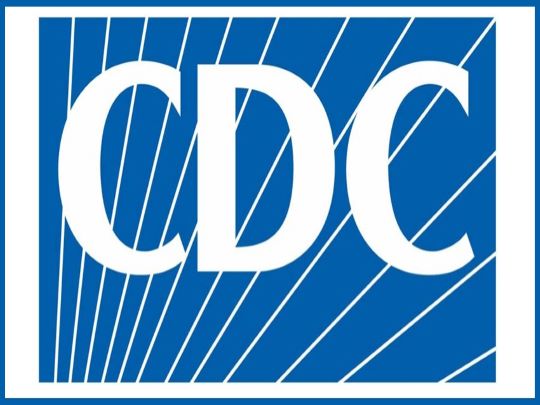CDC Awards Funding for Transgender Status-Neutral Community-to-Clinic Models to End the HIV Epidemic
Topics

At the end of June, the Centers for Disease Control and Prevention (CDC) awarded a total of $2 million in first-year funding to four organizations to develop models for community-to-clinic, status-neutral HIV prevention and care services for transgender persons.
The four funding recipients are:
- St. John’s Community Health in Los Angeles, CA
- Care Resource Community Health Center in Miami, FL
- Callen-Lorde Community Health Center in New York, NY
- Whitman-Walker Health in Washington, DC
The funded recipients are healthcare organizations that provide comprehensive, co-located health services for transgender persons including HIV testing, HIV care or linkage to care, pre-exposure prophylaxis (PrEP), gender-affirming hormone therapy, STI testing and treatment, hepatitis testing and treatment or linkage, primary health care, chronic disease care, and navigation. Navigation will be used to link transgender persons, as needed, to services for mental health and substance use disorders as well as essential support services.
Key outcomes of the four-year demonstration project include:
- an increased number of transgender persons who initiate, adhere to, and continue taking PrEP;
- increased rates of viral suppression among transgender persons with diagnosed HIV; and
- an increased number of transgender persons who receive services for mental health and substance use disorders and other essential support services.
Funded organizations will also participate in a national learning collaborative to share lessons learned and best practices. The learning collaborative will be open to any organizations that would like to participate, and is not limited only to the funded recipients. CDC will provide additional details about the learning collaborative in the upcoming weeks.
Transgender persons, especially transgender women, have a high lifetime risk of acquiring HIV. Black/African American and Hispanic/Latino transgender women have the highest prevalence of HIV among transgender persons. These are among the reasons that the National HIV/AIDS Strategy designates transgender women as a priority population. Focusing efforts by federal agencies and nonfederal stakeholders on transgender women and the other four priority populations will reduce the HIV-related disparities they experience, which is essential if the nation is to succeed on the path toward ending the HIV epidemic by 2030.
Further, despite the disproportionate burden of HIV among transgender women, receipt of HIV prevention and care services has been suboptimal for this population, according to the CDC. Among transgender persons, 92% reported that they were aware of PrEP but only 32% have used it. In 2019, viral suppression among persons with diagnosed HIV was 67% among transgender women. In addition, many transgender persons experience homelessness, poverty, and substance use disorder, with many transgender women also reporting verbal or physical abuse and suicidal ideation and behavior. All these factors impact access to and utilization of HIV prevention and care services. This demonstration project aims to improve care services, help eliminate health disparities among transgender persons, and advance health equity.
For more information, please visit the CDC page for funding opportunity PS 22-2209: Transgender Status-Neutral Community-to-Clinic Models to End the HIV Epidemic .